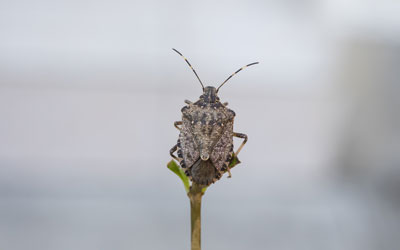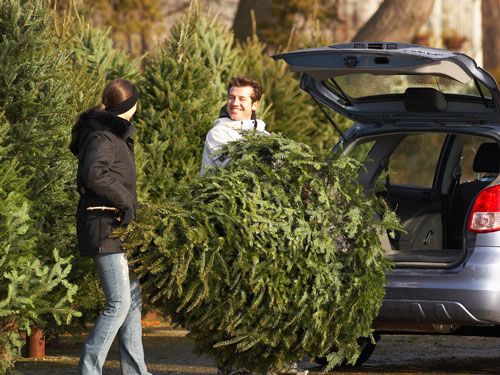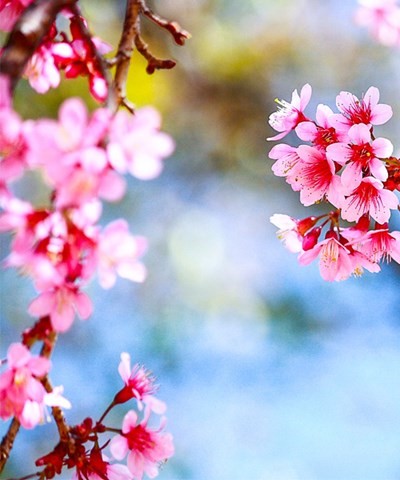Here in Wisconsin, pests are a problem all year-long. Different weather conditions and seasonality plays a large role in what pests are most active during certain parts of the year. Some pests that prefer warmer weather nearly disappear in the winter, while other pests in the fall will overwinter in your home until spring rolls around. To better prepare yourself for a possible infestation, it’s important to know which pests are common during certain parts of the year. With information from the NPMA, we are here to share all you need to know about pest seasonality in Wisconsin.
Fall & Winter Pests
Colder weather and snow will always drive more pests indoors in the fall and winter months. In 2020, it has been predicted that a milder winter than usual will result in prolonged Asian lady beetle and stink bug activity. Tick problems may also be active for longer this season. Other pests to be wary of during the colder months of the year in Wisconsin include rodents, boxelder bugs, carpenter ants, and more.

Spring Pest Problems
Pest activity springs back into action once winter comes to an end. Blooming flowers, warming temperatures, and heavy rainfall encourages pests of all kinds to resume activity and reproduce. The common spring pests in Wisconsin include:
- Ants. Certain ant species will forage for food in the warmer months. Rainy weather also drives ants out of their colonies and into homes for shelter.
- Termites Every spring, termites leave their nests to mate and start new colonies. This is called “swarming”.
- Mosquitoes. When we experience heavy rainfall, mosquito season will burst into life. With their peak season in the months following, they start to be more active in the spring.
- Bed Bugs. While these are a year-round problem, increased traveling in the springtime always leads to an increase in bed bug activity.
Summer Pest Threats
Summertime in Wisconsin is the busiest pest season. Summer temperatures cause many types of pest colonies to mature and grow in size. Here are the ones to look out for in Wisconsin:
- Mosquitoes. These parasitic insects lay more eggs in the summer and tend to be our biggest pest problem this time of year.
- Stinging insects. Wasps, bees, and hornets are at full force in the summertime. They can build nests near residential areas.
- Flies. Summer is the peak breeding season for flies. They are infamous for being a nuisance at outdoor summer events.
- Termites. Warm weather is when termites are able to thrive and cause the most damage.
Year-Round Pests in Wisconsin
To better prepare yourself for an infestation, it’s important to understand the pest seasonality here in Wisconsin. Our colder winters may deter some pests, but they also can drive certain pests right into our homes. To protect your property from pests year-round, contact the pest control experts at Batzner.



